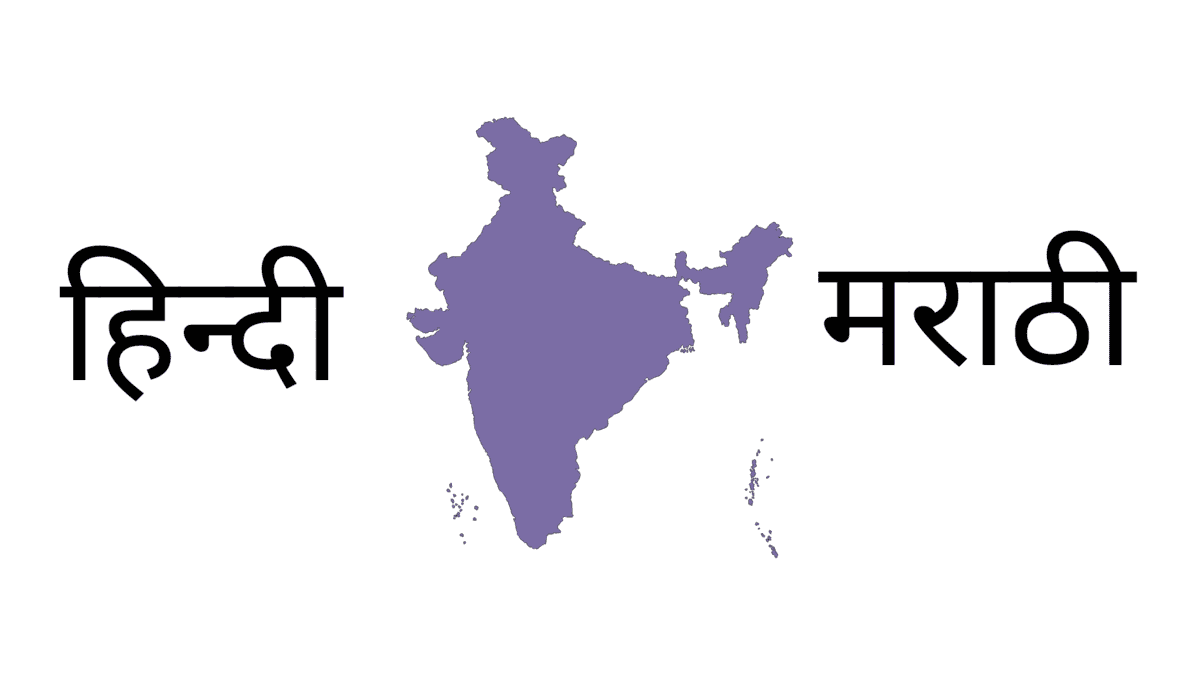
More Marathi-speaking people know Hindi in Maharashtra than those in each southern Indian state, which opposes the “imposition” of Hindi. Probably, even more than all those states put together. With more migrants historically than in other states, it is more common than in the interior. There, with limited transactional need, Hindi isn’t required.
The state sees Hindi as a national language, with which the southern states are not on the same page.
The Maharashtra government has made teaching and learning Hindi in schools compulsory, along with Marathi (of course, obviously) and English. It has raised Opposition hackles. A large section of teachers don’t want it. They have their reasons, but the government is not known to have committed larger human and financial resources.
Finding justifications
Tamil Nadu, which insists it has no additional resources to provide or is ready to thin out what has been committed for Tamil and English, and wants to duck the implementation of the National Education Policy (NEP). Even Maharashtra would find it difficult to fund it, being cash-strapped and whittling down other welfare programmes. Funding new teachers to teach Hindi would be tough.
Barring most private schools in major urban areas, English is poorly taught. Teachers encourage students to get the bare minimum to pass and focus on “scoring subjects” like mathematics. Hindi too – knowing and acquiring proficiency are two different things – could go the same way. Marathi, being the mother tongue of most people and the state’s official language, is the most proficiently used. And no one complains of it except that one doesn’t know it.
Marathi is ‘pride’ of people
Marathi, a classical language, is also the Marathi-speaking people’s pride. It is, as often rightly said, the very identity. And now, it is becoming the core of contemporary politics, politics of keeping people together, and also dividing them if the other party does not know. The government, via Chief Minister Devendra Fadanavis, insists there’s no conspiracy but is merely the implementation of the NEP. He could well be right, but Hindi is likely developing into a major sticking point.
Opposition parties see the move not as encouraging proficiency in a third language but as belittling Marathi. Though nowhere has it been said that Hindi was a replacement for Marathi, it is being made to look as if it were. This way or that, language tends to occupy centre stage in politics. Shiv Sena’s birth was the language, speakers of which found their jobs being filled by others, especially South Indians. But they came with English and other skills then. Now the fear is of Hindi inundation of the state as migrants are not coming to Mumbai but elsewhere too in Maharashtra.
While the MahaYuti government, being the subordinate locomotive in the “double-engine sarkar”, has to go along with the NEP, the Opposition sees an opportunity, especially Raj Thackery-led Maharashtra Navnirman Sena (MNS). MNS has come out with a slogan for a continual agitation: ‘We are Hindus, not Hindi.’ Eknath Shinde’s Sena, being part of the government, is silent as one would expect; it is caught in the cleft of the stick.

